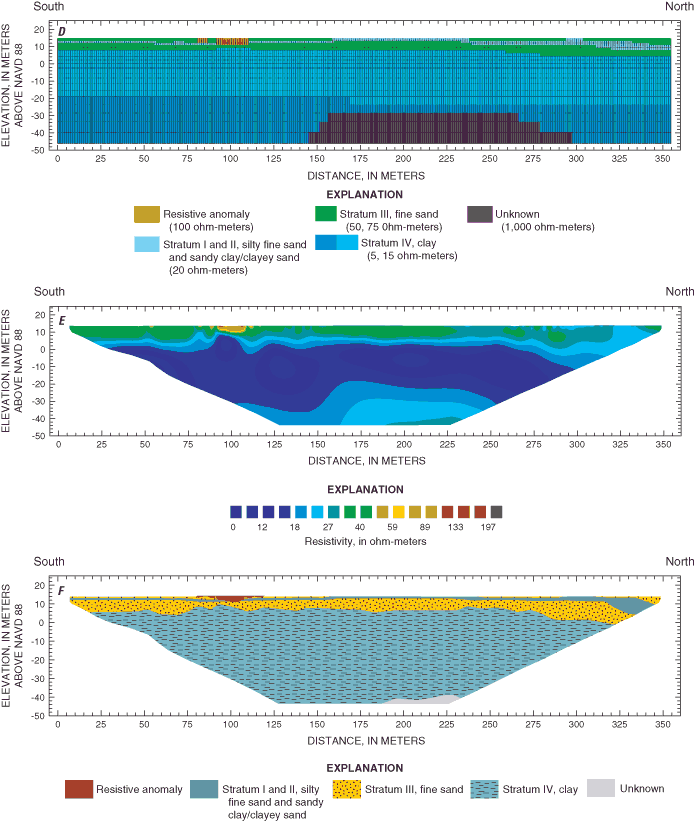3d Resistivity Inversion Software Applications

Install Icc Profiles Flexi 10 Tutorial. Deployment of a permanent electrical resistivity tomography profile on a longitudinal section of an active landslide. Electrical resistivity tomography ( ERT) or electrical resistivity imaging ( ERI) is a for sub-surface structures from electrical resistivity measurements made at the surface, or by in one or more.
Two-dimensional inversion of direct current resistivity. IP4DI: A software for time-lapse 2D/3D DC-resistivity and. A 3D resistivity inversion.
If the electrodes are suspended in the boreholes, deeper sections can be investigated. It is closely related to the medical imaging technique (EIT), and mathematically is the same. In contrast to medical EIT, however, ERT is essentially a direct current method. A related geophysical method, (or ), measures the transient response and aims to determine the subsurface chargeability properties. History [ ] The technique evolved from techniques of electrical prospecting that predate digital computers, where layers or anomalies were sought rather than images. Early work on the mathematical problem in the 1930s assumed a layered medium (see for example Langer, Slichter).
Who is best known for his work on regularization of inverse problems also worked on this problem. He explains in detail how to solve the ERT problem in a simple case of 2-layered medium. During the 1940s, he collaborated with geophysicists and without the aid of computers they discovered large deposits of copper. Drivers Test Booking Orangeville. As a result, they were awarded a State Prize of Soviet Union.